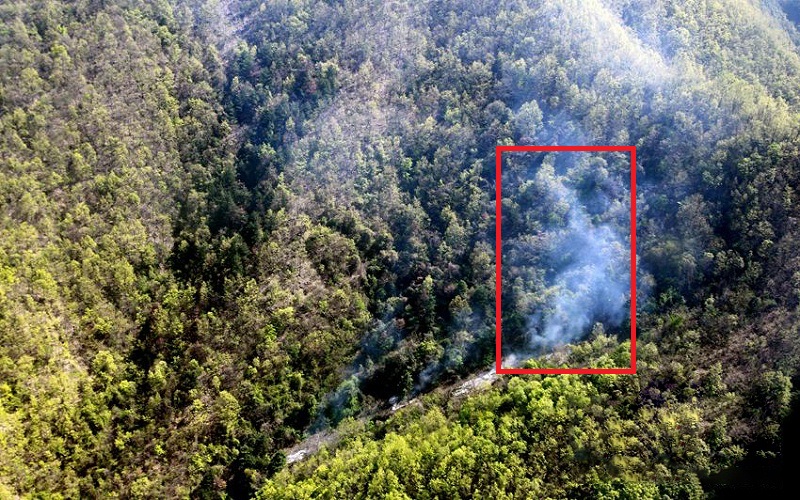Key Features
- Real-Time Fire Detection
- Detects smoke and fire sources in real time, enabling immediate response to potential threats.
- Capable of distinguishing betweenharmful fire and smoke and other light sources (e.g., sunlight, vehicle lights).
- High Accuracy in Complex Environments
- Optimized for forest environmentsit performs well under varying lighting conditions (day/night) and weather (rain, fog, snow).
- Reduces false alarms by filtering out non-fire-related signals.
- Early Warning System
- Integrated alert system notifies forest rangers and emergency services within seconds of detecting a fire.
- Provides precise location data to facilitate rapid deployment of firefighting resources.
- Data Analytics and Reporting
- Collects and analyzes fire-related data to identify high-risk areas and trends.
- The system stores data for further analysis, helping forest managers improve fire prevention strategies and resource allocation.
Benefits
- Enhanced Safety
- Protects wildlife, ecosystems, and nearby communities by preventing large-scale forest fires.
- Cost-Effective
- Reduces the economic impact of forest fires by enabling early detection and minimizing damage.
- Environmental Protection
- Helps preserve biodiversity and reduce carbon emissions caused by forest fires.
- Improved Efficiency
- Automates fire detection and monitoring, reducing the workload for forest rangers and improving response times.
Deployment Options
- Fixed Surveillance Cameras
- Installed at strategic locations throughout the forest for continuous monitoring.
- Drone-Based Systems
- Drones equipped with cameras and thefire and smoke recognition algorithm can cover large and remote areas.
Case Study: Forest Fire Prevention in ZheJiang Province, China.
- Challenge:
Frequent forest fires caused by illegal use of fire outdoors and dry weather conditions.
- Solution:
Deployed the fire and smoke recognition software on a network of surveillance cameras and drones.
- Results:
90% reduction in fire-related incidents within the first year.
Average response time decreased from 30 minutes to 5 minutes.
Significant cost savings in firefighting and damage control.



